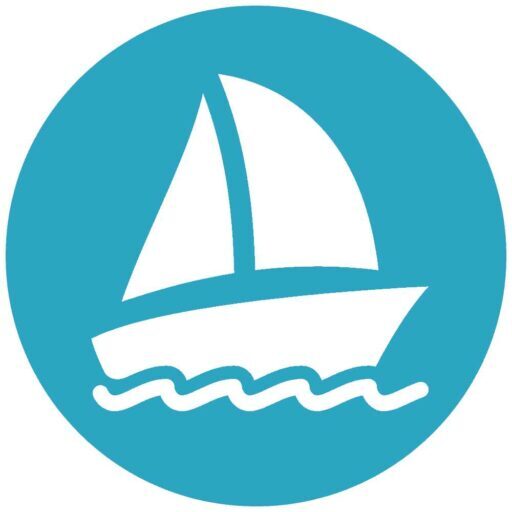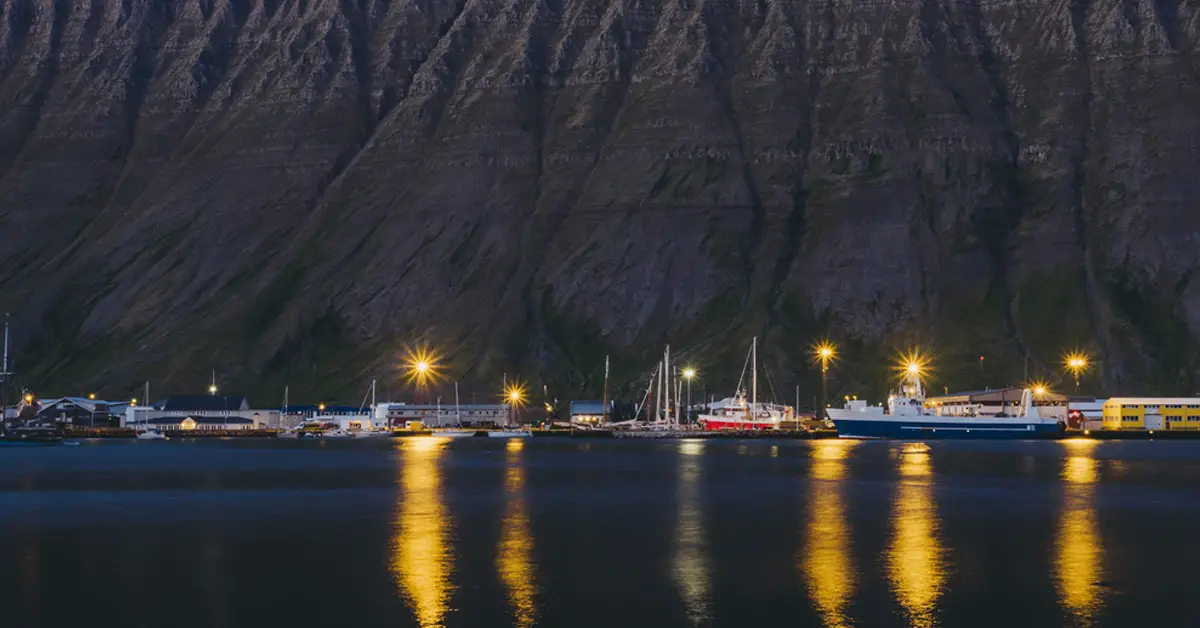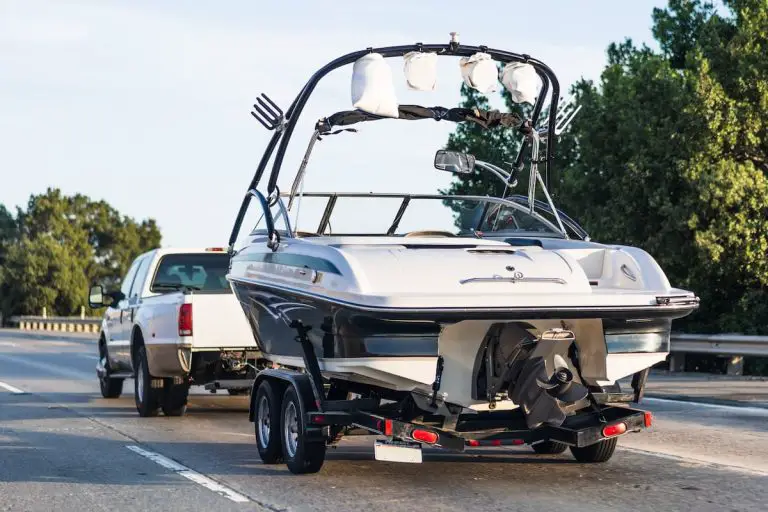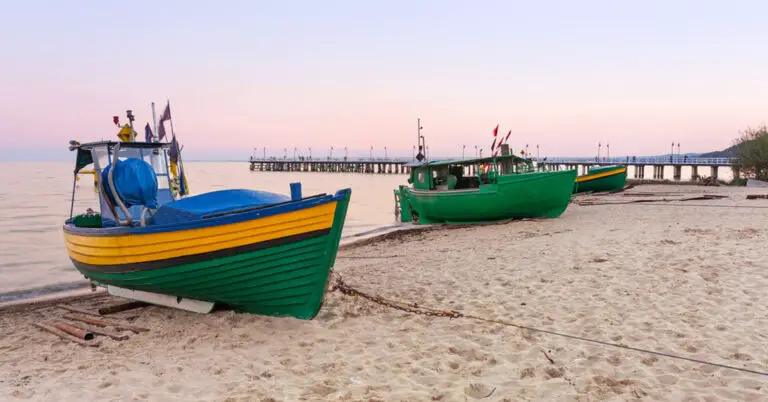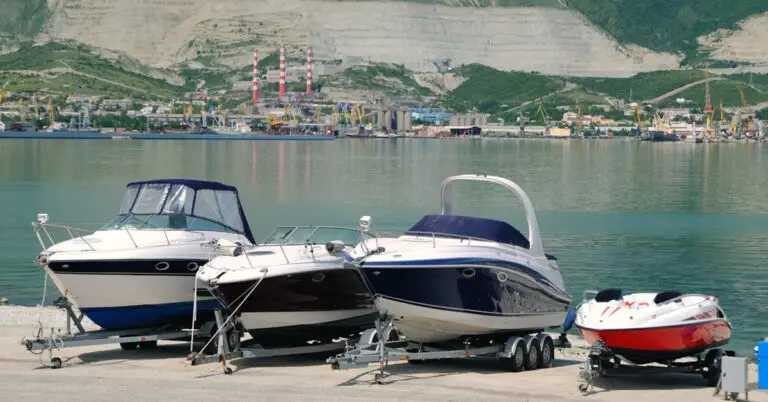Meaning of a Single White Light on a Boat at Night: Essential Knowledge for Safe Boating
Navigating the waters at night is an experience filled with both mystery and beauty. The quiet of the darkness is broken only by the gentle lapping of the water against your vessel and the soft hum of the engine. Yet, the tranquil experience can also be fraught with danger if you’re not well-versed in the language of maritime navigation lights. One particular symbol, the single white light on a boat at night, is a crucial part of this silent dialogue at sea, holding a special meaning that every mariner, seasoned or novice, should know.
A single white light on a boat at night typically indicates a vessel is anchored or moored. It’s displayed at the highest practical point, visible from all directions, to alert others of the boat’s stationary position to avoid collisions.
This powerful luminary, glowing with an unspoken message in the inky blackness, is more than just a simple beacon. It’s part of a complex communication system that keeps seafarers safe on the water. Knowing how to decipher the code of the single white light and other essential navigational lights is an important aspect of boating safety.
Yet, many boaters are puzzled by this enigmatic signal, unsure of its significance. Let’s journey to uncover the mystery behind this important maritime symbol, furthering our understanding and ensuring safer seafaring adventures.
The Importance of Navigation Lights: An Overview
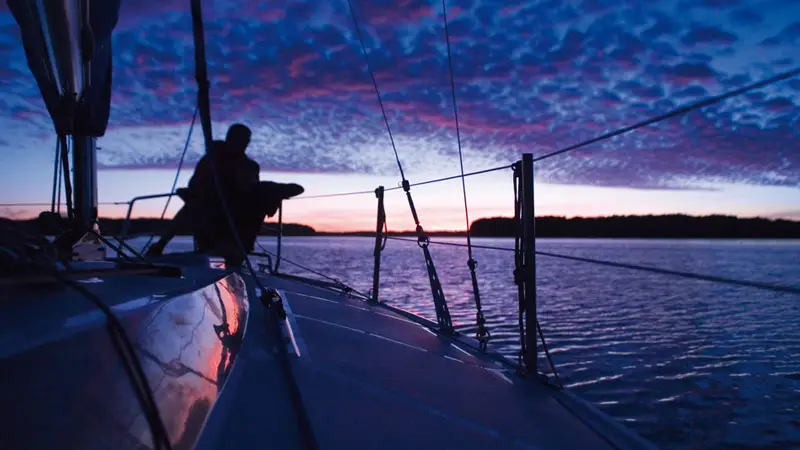
Navigational lights serve as the fundamental language of maritime communication when the sun dips below the horizon. They act as the guiding stars for boats wandering in the vast expanse of the ocean, helping to ensure safety and prevent collisions at sea.
The importance of understanding these luminous signals cannot be understated. They form a crucial part of the unwritten navigation rules, allowing vessels to ‘speak’ to each other through patterns of glowing colors in the inky darkness.
Every vessel, whether a large container ship or a small recreational boat, is required by maritime law to display certain lights from sunset to sunrise and in conditions of reduced visibility.
Each of these lights, from red and green sidelights to white masthead and stern lights, serves a distinct purpose, conveying vital information about the vessel’s size, type, and direction of movement. Therefore, the ability to interpret these lights correctly is a fundamental skill that all mariners should possess.
The single white light, for instance, plays a unique role in this maritime lexicon. Its meaning, often misunderstood or overlooked, is pivotal to understanding the situation of a vessel during the night hours. By delving deeper into the significance of this light and other navigational lights, we can enhance our proficiency in night-time navigation, ensuring safer and more confident journeys at sea.
Decoding the Single White Light: What Does It Mean?
In the vast, dark expanse of the sea, a single white light serves as a beacon of information. When seen alone, it generally indicates that a vessel is at anchor or moored. This information is invaluable to other seafarers, as it helps them steer clear of the stationary vessel and avoid potential collisions.
The display of this white light is not arbitrary. It is, in fact, carefully regulated by international maritime law. The International Regulations for Preventing Collisions at Sea (COLREGS) dictate that an anchored vessel, or one that is aground, should exhibit a white light visible from all directions.
This light should be placed where it can best be seen but at a lower level than lights showing the vessel’s sidelights. For vessels less than 50 meters long, this light is an all-around light, visible for at least two miles on a dark, clear night.
However, the single white light can also indicate other situations, depending on the viewing angle and the presence of other lights. For example, a vessel underway may show a single white light when observed from the stern.
Therefore, while decoding the single white light, it is essential to consider the entire context, including the absence or presence of other navigational lights and the angle from which the light is viewed.
The Anatomy of an Anchored Vessel: Positioning of the White Light
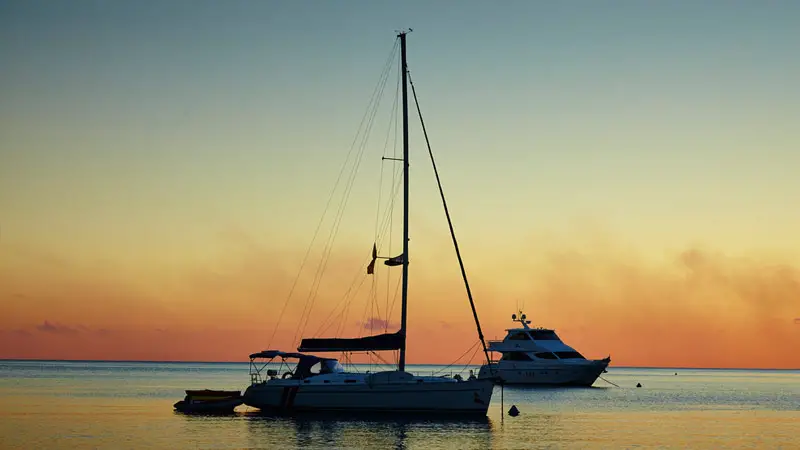
The white light on an anchored vessel is more than just a light; it’s a maritime language spoken at night, communicating essential information to other vessels navigating the same waters. Understanding where this light is positioned on an anchored vessel is a key factor in correctly interpreting its message and ensuring safe passage on the water.
- All-round White Light: As per maritime regulations, an anchored vessel should display an all-around white light where it can best be seen. This light must be visible from all directions, essentially serving as a 360-degree beacon, signaling other vessels of its presence.
- Bow: This is the front end of the boat. No specific lights are required here when the boat is at anchor, but when underway, the vessel’s port (red) and starboard (green) sidelights become visible from this perspective.
- Stern: The back end of the boat. A white stern light becomes visible from this angle if the boat is underway. However, for an anchored vessel, no stern light is necessary.
- Port and Starboard: These are a boat’s left (port) and right (starboard) sides. When at anchor, there are no specific lighting requirements for these areas.
- Mast: This is where the all-round white light is often displayed, especially on larger vessels. For smaller boats, the light may be hoisted on a pole or other prominent place where it is most visible.
- Deck: The top surface of the boat. Extra anchor lights may be displayed on the deck depending on the size and type of the vessel.
Other Key Maritime Lights: Understanding the Full Spectrum
Navigational lights, each with its unique color, position, and purpose, make up an intricate lexicon of the sea. Together, they paint a vivid picture of the maritime landscape after sunset, providing vital information about each vessel’s size, type, activity, and direction of travel. Mastering this luminous language is fundamental to safe and effective navigation, especially during hours of darkness or in conditions of reduced visibility.
Key maritime lights include:
- Masthead Light: A white light placed over the fore and aft centerline of the vessel. It shows an unbroken light over an arc of the horizon of 225 degrees and is visible from ahead to just aft of the beam.
- Sidelights: These are a green light on the starboard (right) side and a red light on the vessel’s port (left) side. Each shows an unbroken light over an arc of the horizon of 112.5 degrees and is visible from ahead to just aft of the beam on its respective side.
- Stern Light: A white light placed at the stern showing an unbroken light over an arc of the horizon of 135 degrees and visible from behind the vessel.
- Towing Light: A yellow light with the same characteristics as the stern light, used when a vessel tows another.
- All-Round Light: A light showing an unbroken light over an arc of the horizon of 360 degrees. Depending on the purpose, it can be of various colors (white, red, or green).
Boating Safety: The Role of the Single White Light
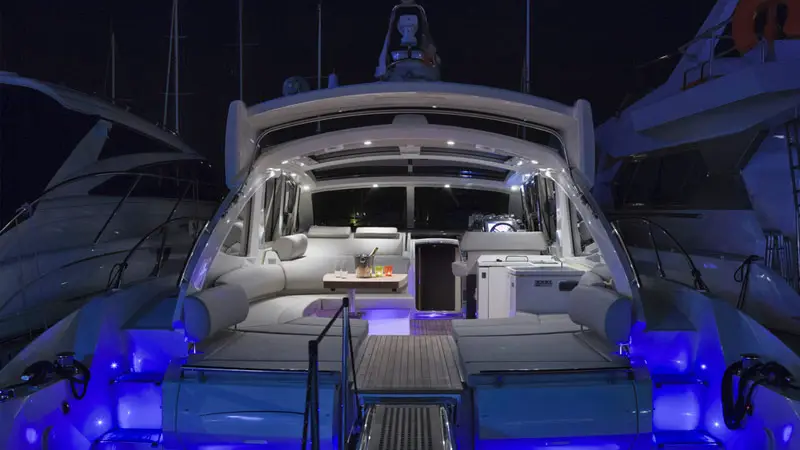
In boating safety, the single white light plays a crucial role. Its key function is communicating to other vessels that a boat is at anchor or aground, thus not in motion, helping prevent collisions in dark or low visibility conditions. The visibility of the light ensures that an anchored vessel is not overlooked amidst the vast expanse of the sea, acting as a beacon of safety.
By maritime regulations, the correct use of the single white light is a critical aspect of responsible boating. It serves as a clear and universal signal, cutting through the darkness, to communicate the vessel’s status to everyone navigating the same waters.
By understanding and respecting the meaning of this light, boaters contribute to a safer marine environment, reducing the risk of unfortunate incidents at sea. Hence, the single white light stands as a symbol of safety, a lighthouse on a smaller scale, guiding seafarers safely through the night.
Common Misconceptions about the Single White Light
Despite the seemingly straightforward purpose of the single white light, several misconceptions persist, often leading to confusion and, in worst-case scenarios, compromising safety at sea.
One common misunderstanding is the belief that a single white light always indicates a boat at anchor. While this is often the case, the single white light can also be seen from the stern of an underway vessel, which means the vessel is moving.
Another misconception is that a single white light can be displayed anywhere on the boat, regardless of its position or purpose. In reality, the placement of this light is strictly regulated.
According to the International Regulations for Preventing Collisions at Sea (COLREGS), the light must be visible from all directions and placed where it can best be seen. Still, it should not be higher than the sidelights. For boats less than 50 meters in length, the all-around white light serves as the primary signal.
Finally, some boaters mistakenly assume that the single white light is optional, treating it more as a convenience than a requirement. Displaying this light is a legal requirement for anchored vessels from sunset to sunrise and in conditions of reduced visibility.
Compliance ensures the safety of the vessel and its occupants and all other vessels navigating in the vicinity. All boaters must understand these distinctions to maintain safety and proper communication on the water.
Legal Requirements for Navigation Lights
The International Regulations for Preventing Collisions at Sea (COLREGS) set the legal requirements for navigation lights. These rules are recognized internationally and apply to all vessels, regardless of size or purpose. The main objective of these regulations is to prevent collisions between vessels in any body of water.
According to the COLREGS:
- From Sunset to Sunrise: All vessels, whether anchored, under sail or powered by an engine, must display the appropriate lights from sunset to sunrise. The exact timing for sunset and sunrise is generally considered to be when the sun is 6 degrees below the horizon.
- In Conditions of Reduced Visibility: In addition to the hours of darkness, vessels must also display navigation lights in conditions of reduced visibility, such as during fog, heavy rain, or snow.
- Types and Placement of Lights: The COLREGS specify the types of lights to be displayed (masthead lights, sidelights, stern lights, towing lights, all-round lights), their color, their arc of visibility, and their placement on the vessel. For instance, a vessel at anchor must display an all-around white light where it can best be seen.
- Visibility Range: The rules also state the minimum visibility range for each type of light, which varies depending on the size of the vessel. For example, for vessels less than 50 meters long, the all-around white light should be visible for at least 2 miles on a dark, clear night.
Failure to comply with these regulations can result in penalties, including fines. More importantly, improper use of navigation lights can lead to confusion and potential accidents at sea. Therefore, understanding and adhering to the legal requirements for navigation lights is critical to safe and responsible boating.
